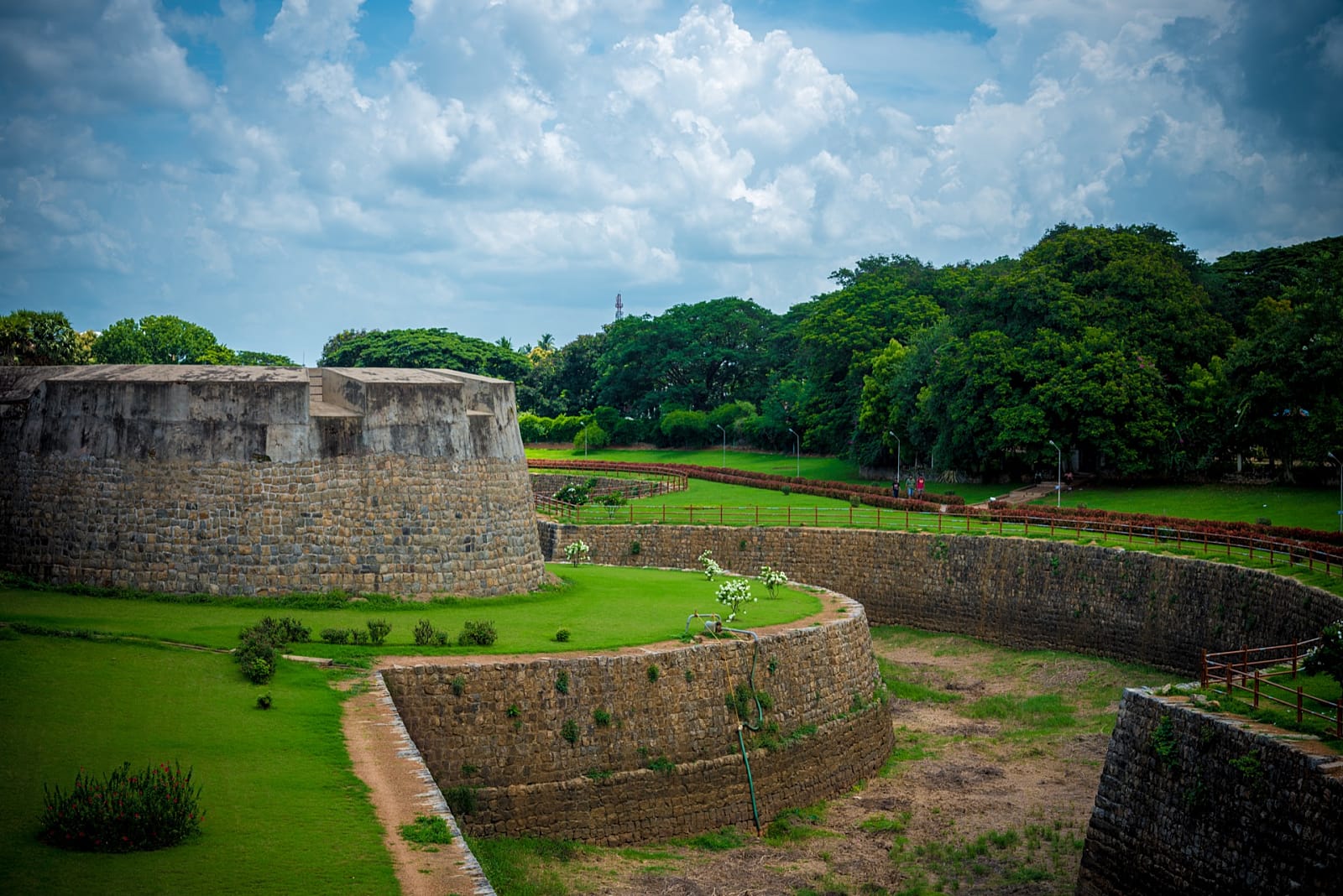Palakkad Fairvalue
Palakkad is one of the fourteen districts in Kerala and has no coastal line. The present Palakkad district was formed on 1 January 1957 as an administrative district that consists of the taluks such as Palakkad, Perinthalmanna, Ponnani, Ottapalam, Alathur and Chittur. Recently, some portions of Karavarakund village in Malappuram district were added to Palakkad district. The author of the Malabar Manual, William Logan mentioned that during 2nd or 3rd century Ad, this place might have been invaded by the Pallava dynasty of Kanchi. The present day Palakkad was one of their headquarters and they called it ‘Palakada’. Many ancient South Indian rulers also invaded Malabar.
Revenue Divisions
The present Palakkad district consists of two revenue divisions, seven taluks and 157 revenue villages. There are seven municipalities, 13 Block Panchayats and 88 Village Panchayats in the district. The district headquarters is located at Palakkad Town. The district is headed by the District Collector at Collectorate, Civil Station in Palakkad. The District Police Office is situated near the Collectorate Office. For the maintenance of law and order, the District Police Chief assists the District Collector. The first District Collector of this district was Sri KC Sankaranarayanan IAS, the District Police Chief was Sri. TK Bhaskara Marar IPS and the District Panchayat President was Sri. KV Vijayadas.
Panchayat
After the 73rd amendment of Indian Constitution, decentralized planning was implemented in this district and a three tier system was formed in Panchayat Raj. The top-most tier of the Panchayat Raj System is District Panchayat. It is headed by a President and a Vice-President and has an office functioning near the Collectorate. The Panchayat President assists the District Collector for the planning and execution of the development programs for the district.

Palakkad Gap
The Palakkad Gap with a width of 32 to 40 kilometers is considered as the main route opened to the rest of the country. Its geographical position with historical background and tourism hot-spots brought many development activities at various places. This district is one of the main Kerala granaries. Its economy is mainly agricultural. The district is also called the land of Palmyrahs.
Many rulers preferred these territories
Perumals ruled this area for many centuries. The authority of these territories was with the powerful ‘Utavavars’. Later, it was ruled by chieftains when the country was divided. The prominent rulers of this region are Valluvakonathiri, the rulers of Vengunad and Sekharivarma Rajas of Palakkad after the Perumals. In 1757, the Raja of Palakkad got help from Hyder Ali of Mysore to stop the entrance of Zamorin of Calicut. At the end of the battle, the entire territory of Raja of Palakkad and Zamorin of Calicut came under the control of Hyder Ali and his son Tippu. In 1872, the war between Tippu and the East India Company ended with the treaty. So, all the possessions of Tippu in Malabar came to the British. Later, these parts of the Malabar district came under the Madras Presidency.
